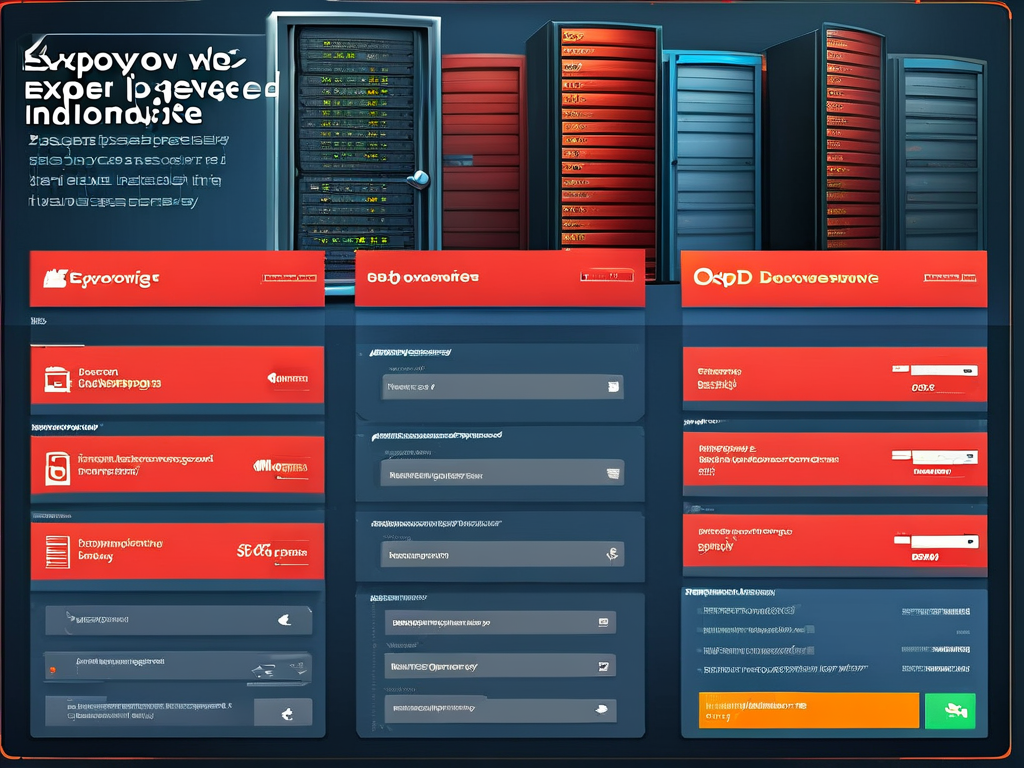In the dynamic landscape of web development, databases form the backbone of virtually every digital application. While new technologies emerge constantly, several database solutions have proven their reliability and remain indispensable tools for developers. Let's explore seven widely-used databases that continue to shape modern web experiences.
1. MySQL: The Relational Workhorse
As the most popular open-source relational database, MySQL powers platforms like WordPress and Wikipedia. Its ACID compliance ensures data integrity:
CREATE TABLE users (
id INT AUTO_INCREMENT PRIMARY KEY,
email VARCHAR(255) UNIQUE NOT NULL,
created_at TIMESTAMP DEFAULT CURRENT_TIMESTAMP
);
Developers appreciate MySQL's replication capabilities and mature ecosystem. Recent versions introduced window functions and JSON support, bridging traditional SQL with modern needs.

2. PostgreSQL: The Feature-Rich Contender
PostgreSQL extends SQL standards with advanced features like:
- Geospatial data support via PostGIS
- Full-text search integration
- Native JSONB binary storage
Its MVCC architecture handles concurrent writes effectively, making it ideal for financial systems. A sample JSON query demonstrates its flexibility:
SELECT product->>'name' FROM orders WHERE order_date > '2024-01-01';
3. MongoDB: Document Store Pioneer
This NoSQL solution stores data as BSON documents, perfect for evolving schemas. Node.js developers often pair it with Mongoose:
const userSchema = new mongoose.Schema({
username: String,
preferences: {
theme: { type: String, default: 'light' }
}
});
MongoDB Atlas provides seamless cloud integration, while transactions support maintains ACID compliance when needed.
4. Redis: The Speed Specialist
As an in-memory data store, Redis delivers microsecond response times for caching and real-time systems. Its pub/sub model powers chat applications:
import redis
r = redis.Redis()
r.publish('chat_channel', json.dumps(message))
New Redis modules add search and time series capabilities, expanding its use cases beyond simple key-value storage.
5. SQLite: The Embedded Solution
Contrary to its lightweight nature, SQLite runs in billions of devices. Mobile apps and local browsers leverage its serverless architecture:
import sqlite3
conn = sqlite3.connect('/tmp/app.db')
conn.execute('''CREATE TABLE IF NOT EXISTS cache
(key TEXT PRIMARY KEY, value BLOB)''')
Recent updates added support for recursive CTEs and improved concurrency handling.
6. Cassandra: Scalability Champion
Apache Cassandra's distributed architecture excels at handling massive write loads. Social media platforms use its tunable consistency model:
CREATE TABLE user_posts (
user_id UUID,
post_id TIMEUUID,
content TEXT,
PRIMARY KEY (user_id, post_id)
) WITH CLUSTERING ORDER BY (post_id DESC);
Its masterless design ensures continuous availability across global data centers.
7. Firebase Realtime DB: Cloud-Native Option
Google's Firebase offers seamless integration with mobile and web clients through SDKs:
firebase.database().ref('messages/').push({
text: 'Hello World',
timestamp: Date.now()
});
While limited in query complexity, its real-time synchronization simplifies collaborative apps.
Choosing Your Database
Selecting the right database involves multiple considerations:
- Data Structure: Relational vs document vs graph
- Scale Requirements: Vertical vs horizontal scaling
- Consistency Needs: Strong vs eventual consistency
- Team Expertise: SQL proficiency vs NoSQL patterns
Hybrid approaches are becoming common - using PostgreSQL for transactional data while employing Redis for session caching. Modern proxy tools like Prisma help abstract database differences, but understanding core strengths remains crucial.
As web applications grow more complex, database selection directly impacts performance, scalability, and maintenance costs. Developers must balance tradition with innovation, leveraging established systems while keeping pace with emerging options like NewSQL databases and serverless data platforms. The optimal choice always depends on specific project requirements rather than chasing trends.










